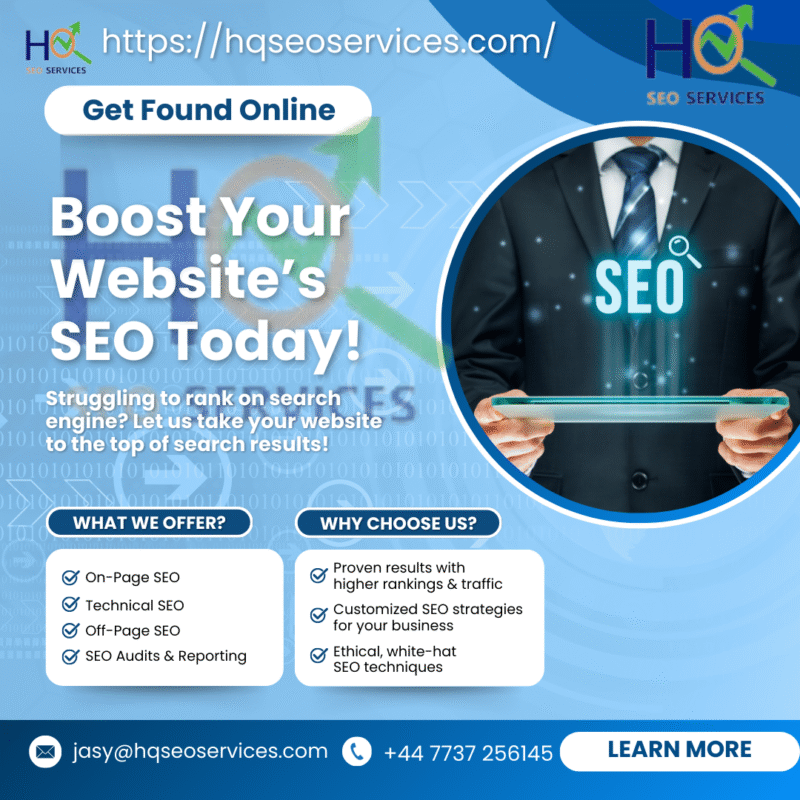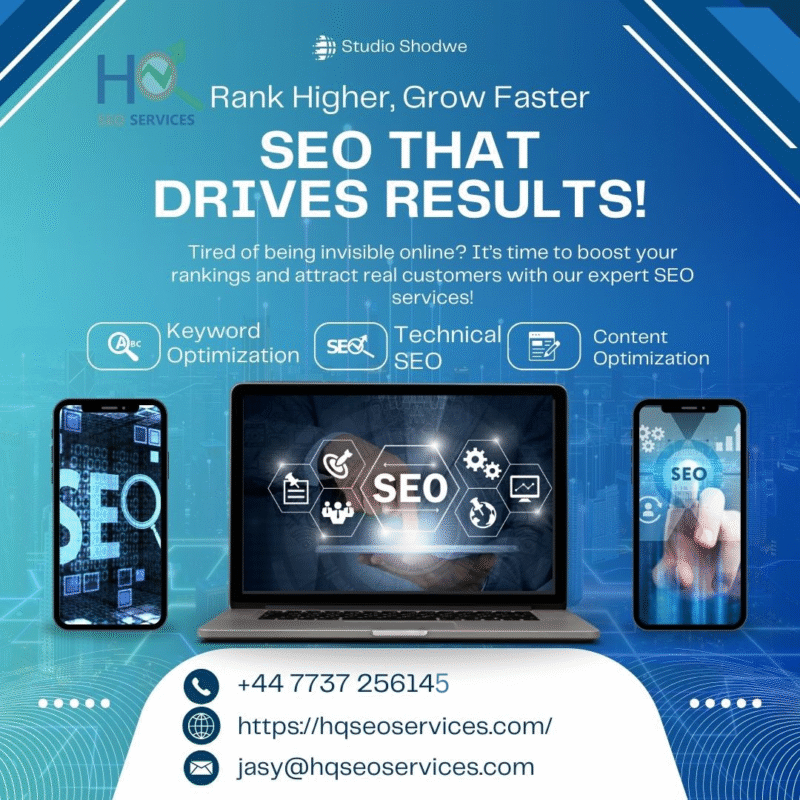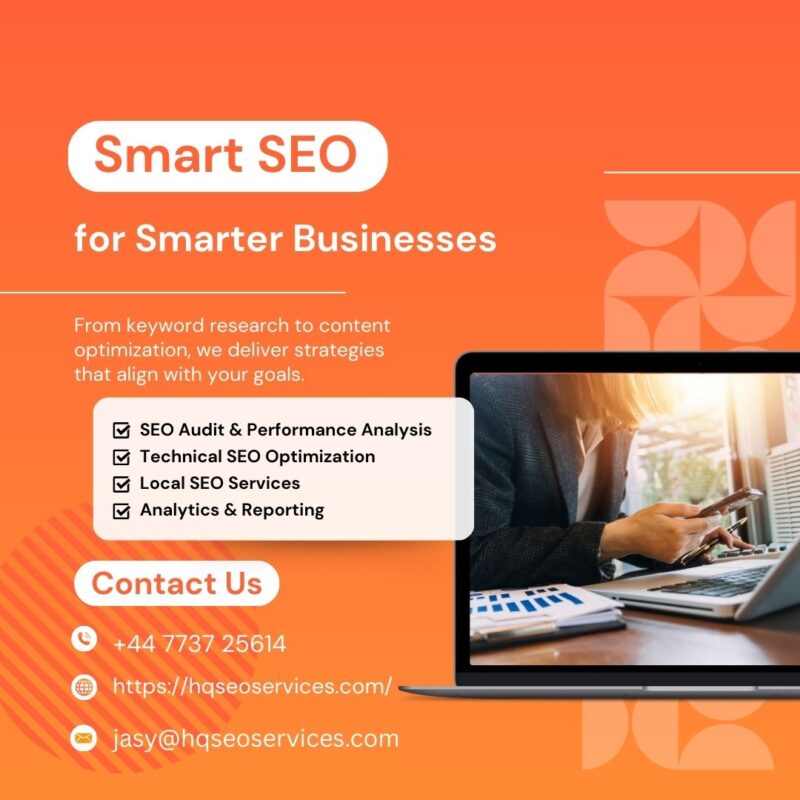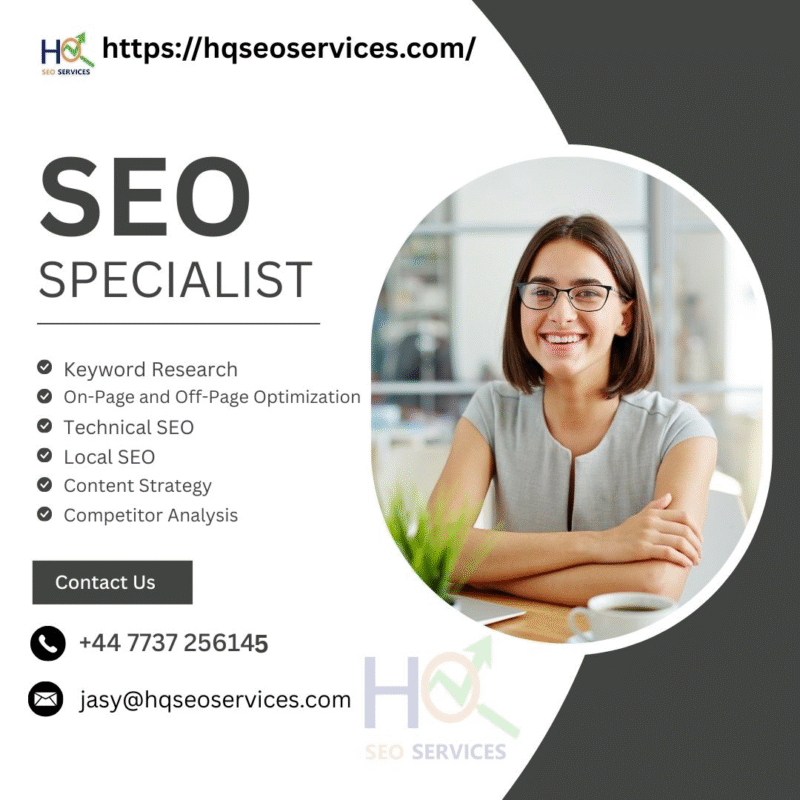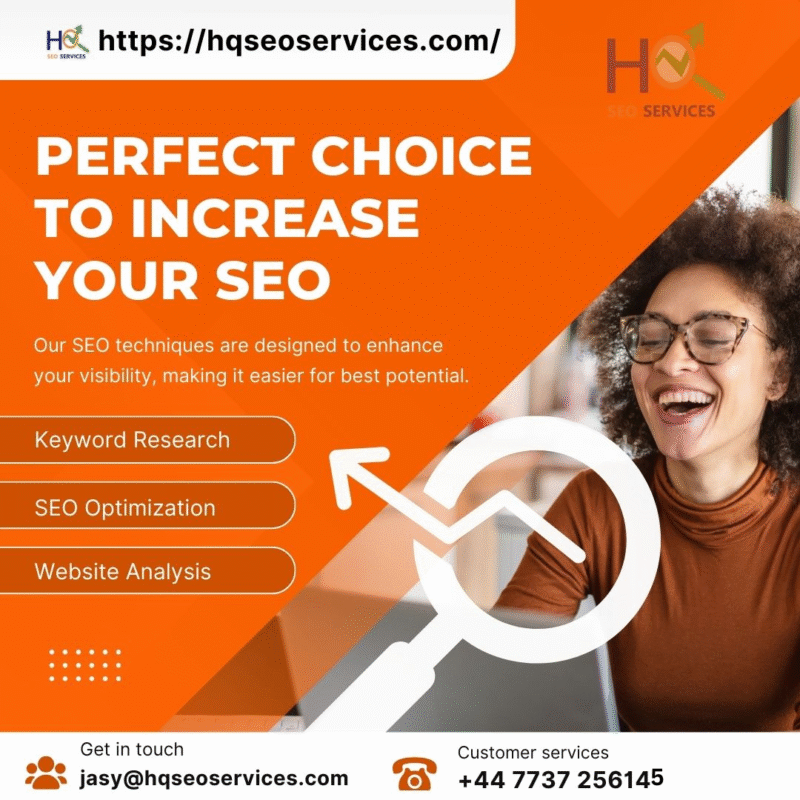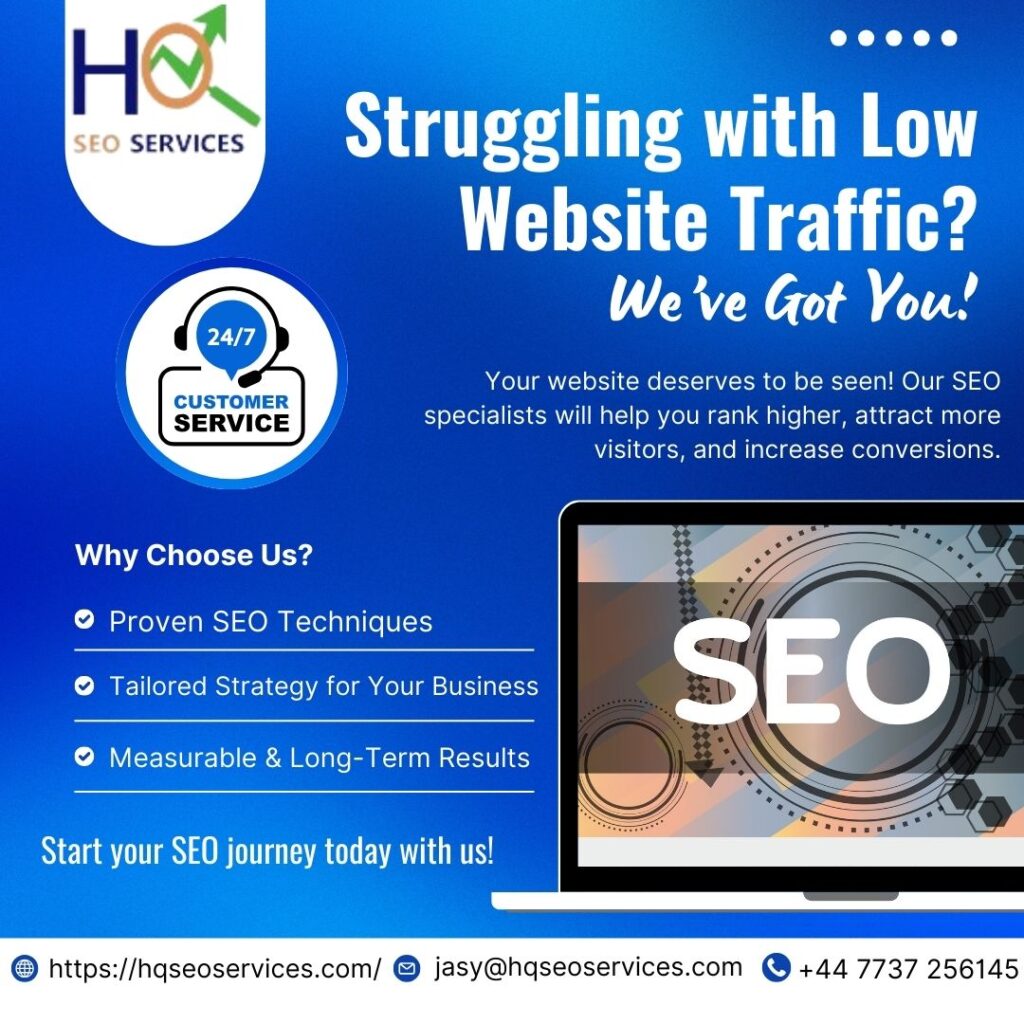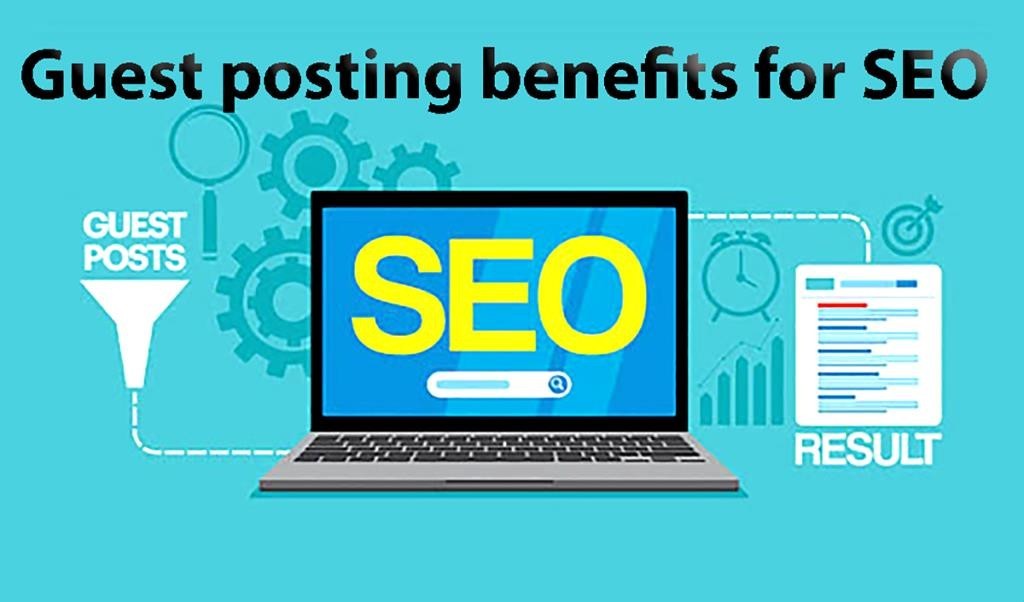Boost Your Website’s Today: Proven Strategies to Elevate Traffic, Engagement, and Conversions
Boost Your Website Today: Proven Strategies to Elevate Traffic, Engagement, and Conversions If you’re searching for the fastest ways to boost your website’s performance today, you’ve landed in the right place. In this comprehensive guide, we’ll explore time‑tested strategies that drive real results immediately—from ramping up organic traffic and speeding up page load times to converting more visitors into customers. 1. Why You Should Boost Your Website Today Every second your site underperforms, you’re losing potential payoffs—leads, sales, and authority. By choosing to boost your website today, you can: Improve page load times for better user experience and lower bounce rate Increase inbound traffic with smarter on‑page SEO Enhance conversion paths to improve ROI Build credibility immediately with trust signals and proof Start seeing measurable growth in hours—not weeks This action‑oriented approach allows businesses to make immediate website improvements that set the foundation for sustained success. 2. Technical Quick Wins for Instant Impact Speed Optimizations Slow-loading pages kill conversions. To boost your website’s performance immediately: Compress images via tools like TinyPNG Enable browser caching and GZIP compression Minify and combine CSS/JavaScript files Implement lazy loading for below-the-fold content Mobile Optimization With most traffic now mobile, you can: Ensure responsive design adapts to all screen sizes Test touch elements and readability on mobile Fix mobile usability issues flagged in Google Search Console Enable Security and Accessibility Ensure your site runs on HTTPS, boosting both SEO and user trust Add alt text to key images for screen readers and SEO visibility Fix broken links or missing redirects immediately 3. Content Fixes That Drive Engagement Update Existing Content Refresh top-performing or high-traffic pages by: Improving headlines with better keywords Adding updated data, quotes, or visuals Extending word count with valuable details Optimize On-Page SEO Use targeted keywords naturally in: Title tags and meta descriptions H1/H2 headings First 150 words and throughout body text Boost relevancy and readability by using bullet lists, visuals, and bolded target keywords. Internal Linking Strategy Link between related pages to: Keep users engaged longer Spread link equity across your site Improve crawlability and topical relevance 4. Conversion Optimization: Turn Visitors into Customers Improve Calls to Action (CTAs) Effective CTAs can boost your website’s conversion rate today: Use action-oriented language (e.g., “Get your free quote”) Place CTAs prominently—above the fold and after sections Use contrasting colors and clear formatting Use Pop-ups & Slide-ins Smartly Offer something of value—like a lead magnet or discount—to convert visitors who are about to leave. Shorten Forms & Simplify Processes Reduce friction by: Limiting form fields to essentials Using inline form validation Offering social sign-in or autofill options 5. User Experience Enhancements You Can Implement Now Clean Navigation Ensure your main menu supports intuitive paths to your most important pages. Use clear labeling and a logical flow. Improve Readability Boost engagement by: Using larger fonts and plenty of white space Breaking up content with headings and bullet points Highlighting key phrases and actionable lines Add Visuals & Media A few high-quality images, icons, or even short videos can: Improve dwell time Better illustrate concepts Help retain attention 6. Leverage Social Proof and Trust Signals Adding credibility elements can boost your website’s trust today: Feature customer testimonials, case studies, or reviews Display certifications, badges, or partner logos Include recent social media mentions or user-generated content Add badges like secure checkout or money-back guarantees These elements build trust and encourage visitors to take action. 7. Measurement and Analytics to Guide Your Actions Track Core Metrics Use tools like Google Analytics to measure changes in: Traffic volume and sources Bounce rate and average session duration Conversion rates and goal completions Site speed and mobile usability Set Short-Term and Long-Term KPIs Examples: Increase page load speed by 1 second in 24 hours Reduce bounce rate on key pages by 10% this week Improve conversion rate from organic traffic by X% Implement Simple Conversion Testing A/B test headlines, CTA variations, or page layout tweaks to see what performs better. 8. Long‑Term Planning for Sustained Growth While quick wins get you started, long-term strategy ensures ongoing success: Create an SEO content calendar with regular, high-value publishing Continue monitoring keyword rankings and expanding target terms Invest in link-building via guest posts, partnerships, and PR Refresh older content quarterly to keep it relevant and ranking Improve site architecture and navigation over time Every quick improvement adds up toward building a scalable, high-converting site. 9. Final Summary If you want to boost your website today, focus on quick technical fixes, immediate content optimizations, stronger conversion elements, better usability, and trust signals. These changes can yield measurable impact fast. But don’t stop there—pair quick wins with long-term strategies for consistent traffic growth, improved SEO authority, and higher conversions. Whether you’re a solo entrepreneur, small business, or enterprise brand, these tactics will empower you to perform—and outperform—your competition.

